
8 Foolproof Ways to Keep Your Succulents Alive
Succulents aren’t quite as easy to raise as everyone says. Here are a few foolproof tips to set you up for success
Are you one of those people who hangs their head in shame whenever we tout succulents as the easiest plants to grow? You’re not alone, trust us. Succulents, plants adapted to survive in harsh environments and long periods with very little water, play by their own rule book, but they’re still pretty easy to care for. Follow these succulent-growing tips to help you keep your babies alive and thriving.
1. Give them breathing room
While there are a few succulent types that do well indoors (including aloe and kalanchoe), the vast majority of these plants hail from warm, arid climates and depend on good air circulation to breathe. So while that succulent terrarium looks adorable, forget about it. You’ll have way more luck keeping your plants outdoors, exposed to the elements.
2. Provide some shade
Despite widespread belief, most succulents do not thrive if blasted with the hottest temps and the fullest sun exposure. While they appreciate a lot of light (and very few survive in full shade), most succulents need sun protection, especially if the temperature hits the 90-degree-mark, or if they’re small. Varieties that are solid green, pale, or variegated are most in danger of sun burn. Here’s a tip: If you are planning to blast your succulents with the brightest sun possible, opt for plants that are red, gray, blue, or covered densely with spines (which help to reflect the sun’s rays).
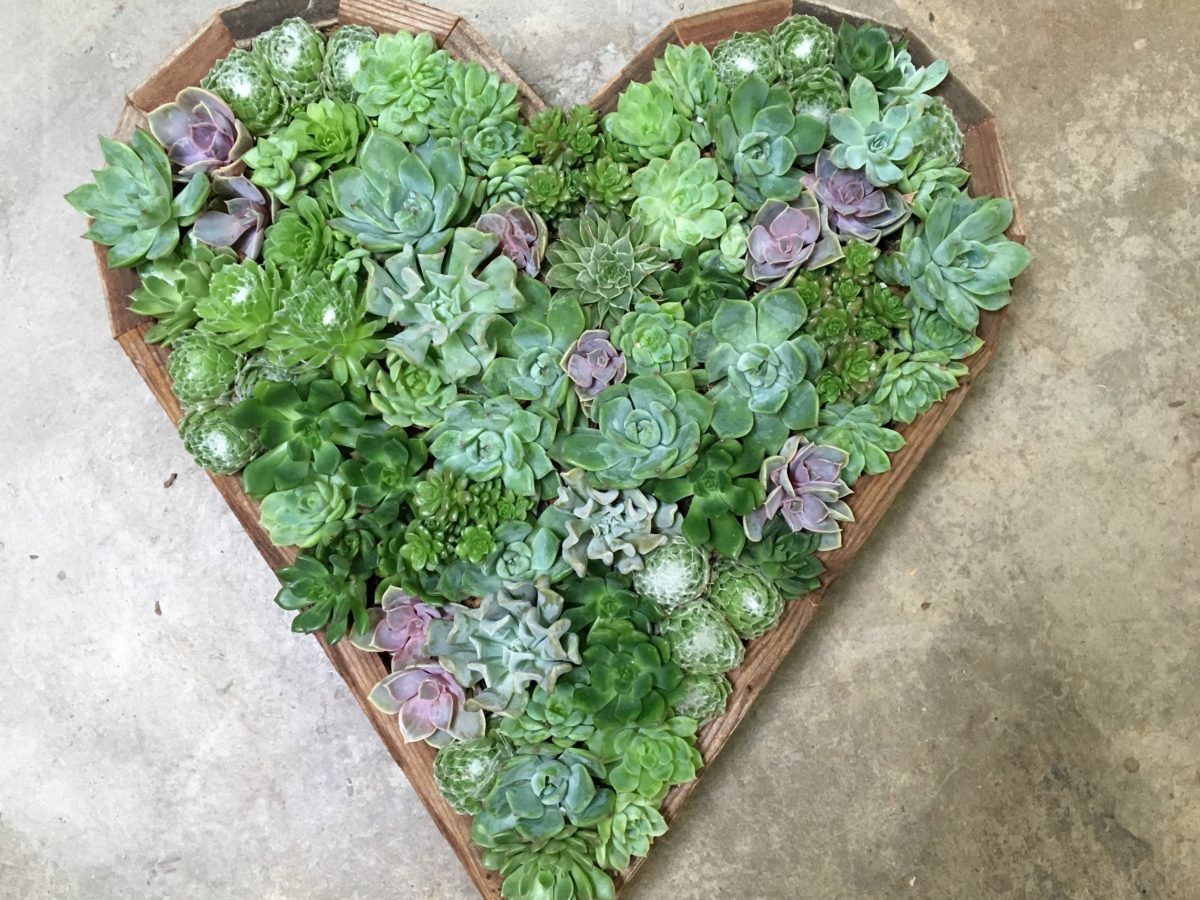
3. Start with the right soil
Use a fast-draining cactus mix. Or, if you’re of the DIY persuasion, amend a traditional potting soil with coarse perlite, crushed lava, or pumice. A good recipe is one part amendment and four parts potting mix.
4. Low-water isn’t no-water
Perhaps you’ve killed your succulents by overwatering them (far more common than under-watering) which causes rot. But maybe you’ve already gotten the memo, are diligently dehydrating your plants, and wonder why they are dying. Well, newsflash—they need some water. Succulents like it when soil approaches dry before being watered. But what does this mean, you ask? It means you’ll likely be A-OK if, during dry times, if you water small pots about once a week and large pots about every two weeks.
5. Include drainage
Remember—succulent roots hate excess water. Be sure there’s drainage in your container. OK, OK, you’ve caught me in a lie. We sometimes create pretty centerpieces in pots with no drainage. But listen—you’ve got to water these compositions especially lightly. And you have to follow all of the other rules.
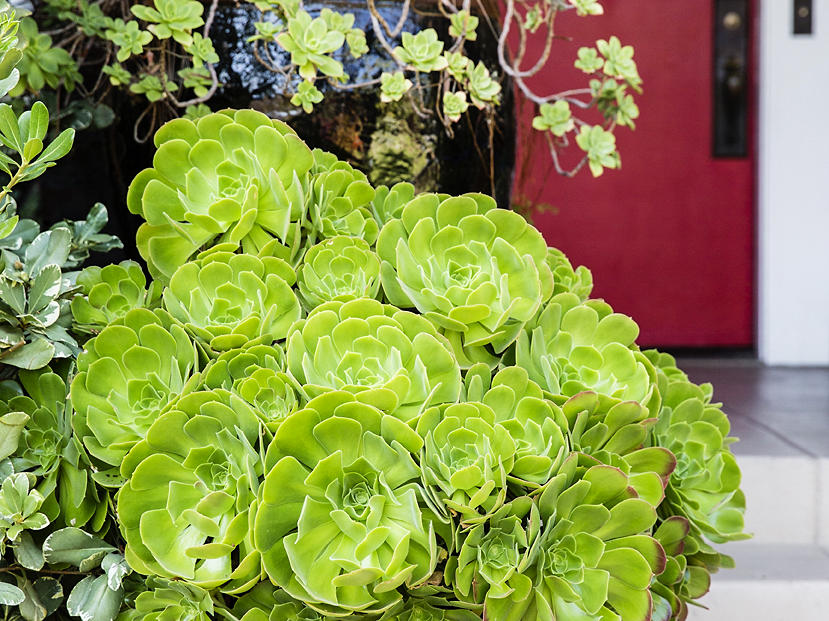
6. Succulents need food, too
Succulents do often grow in low-nutrient environments, but fertilizer is still essential to their care. Pro-tip: For succulents, once-yearly feeding is enough. Use any well-balanced organic fertilizer, cut the dose in half, and feed at the beginning of the plant’s growing season for best results.
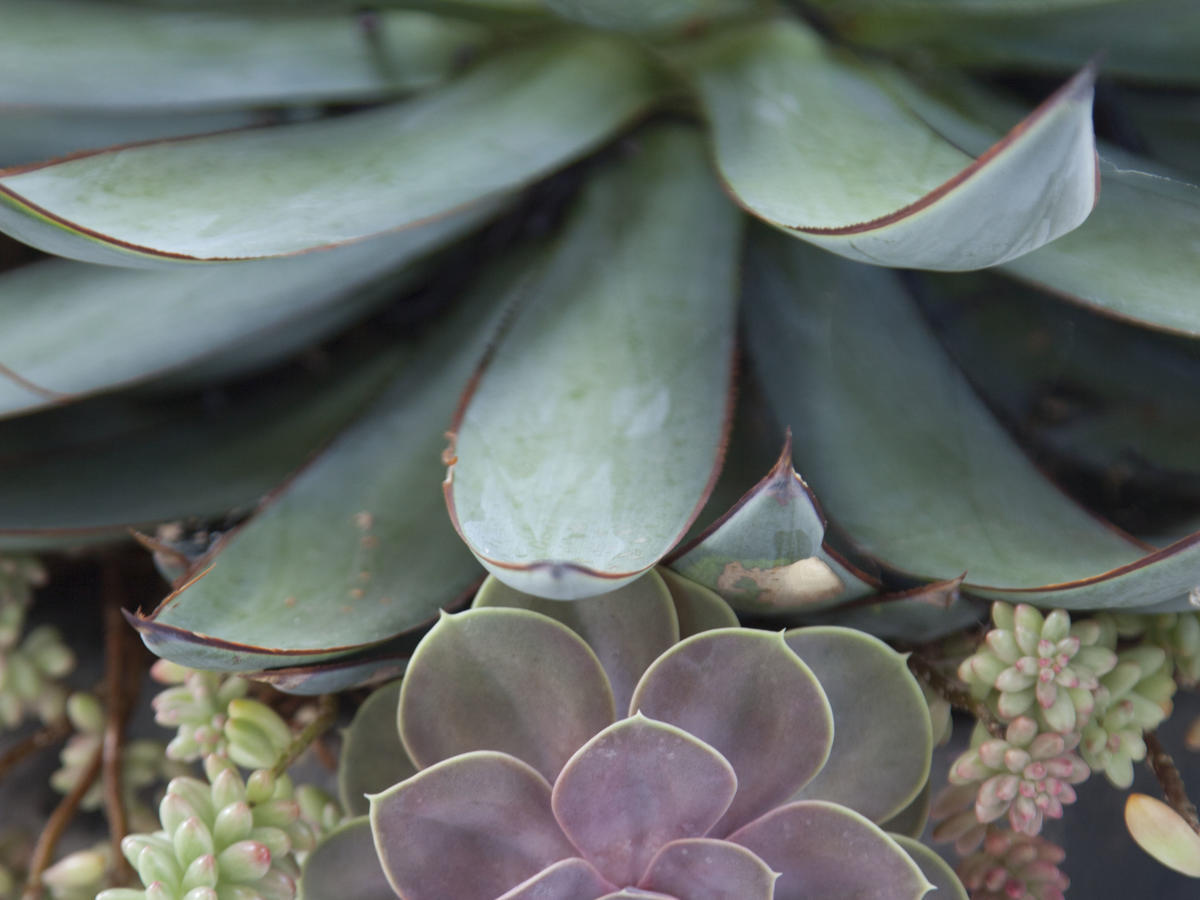
7. Rethink propagation
While you might be accustomed to plucking a stem of your favorite geranium, rosemary bush, or houseplant and dunking it in water to watch roots grow, that won’t work for propagating succulents. You can actually practice the exact opposite method. When you’ve got a plant you like, pluck a stem and let it dry out in the shade for at least 3 days. This process, known as healing, helps form a callus, preventing rot. Place your new stem in the soil mix mentioned above, and you should be good to go.
8. Beware of frost
While some succulents, including certain types of Sedum and Sempervivum, can withstand freezing temps, most cannot. Take care when a cold snap is in the forecast—since succulents are mostly water, their cell walls are prone to bursting, which turns the leaves to mush. When in doubt, assume that any drop below freezing will cause damage or death to your plant. The easiest solution for frost protection is to keep plants in containers that are light enough to move indoors or under awnings when a cold snap is predicted. Also, unlike the rest of your garden, succulents actually have a greater chance of survival if they’re dry before a cold snap, not wet.
Sunset’s Own Gardening Tools
Sunset Gardening Apron
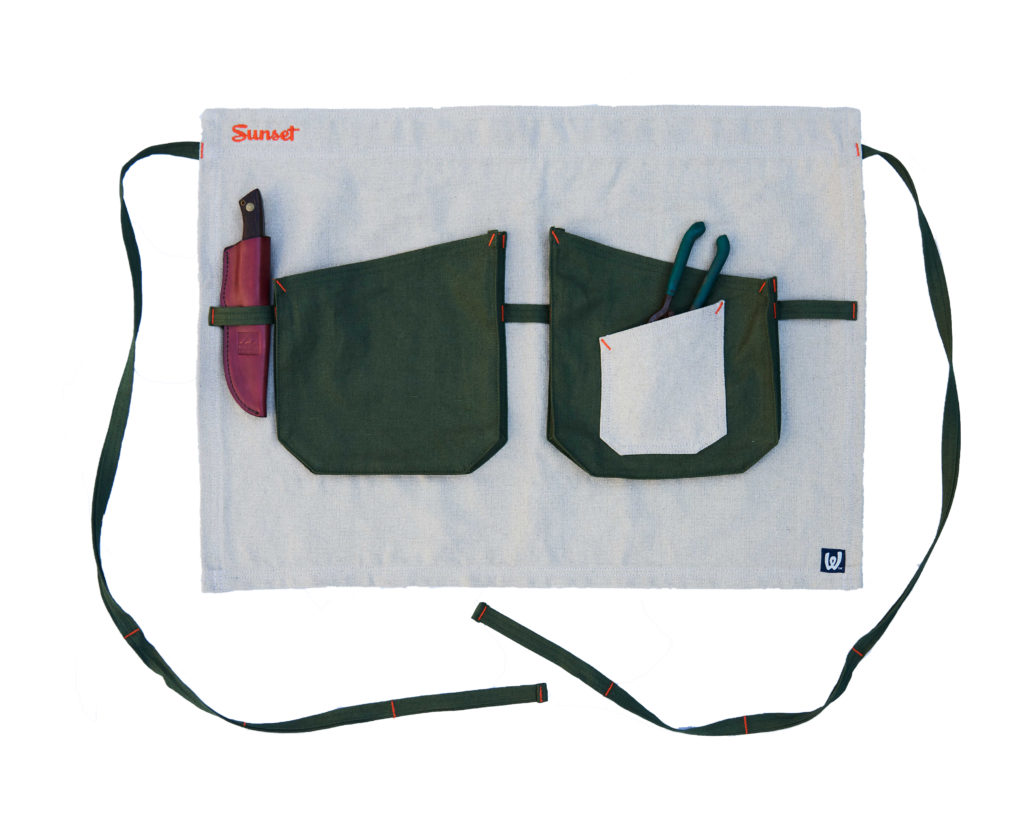
Thomas J. Story
We’ve teamed up with the good people at White Bark Workwear in Los Angeles, California, to produce our first official Sunset garden apron—a sustainable and practical tool for gardeners everywhere. The spacious utility pockets are gusseted to expand and provide extra room for tools, twine, garden clippings, and anything else you might need to keep near.
Foldable Garden Seat with Tools
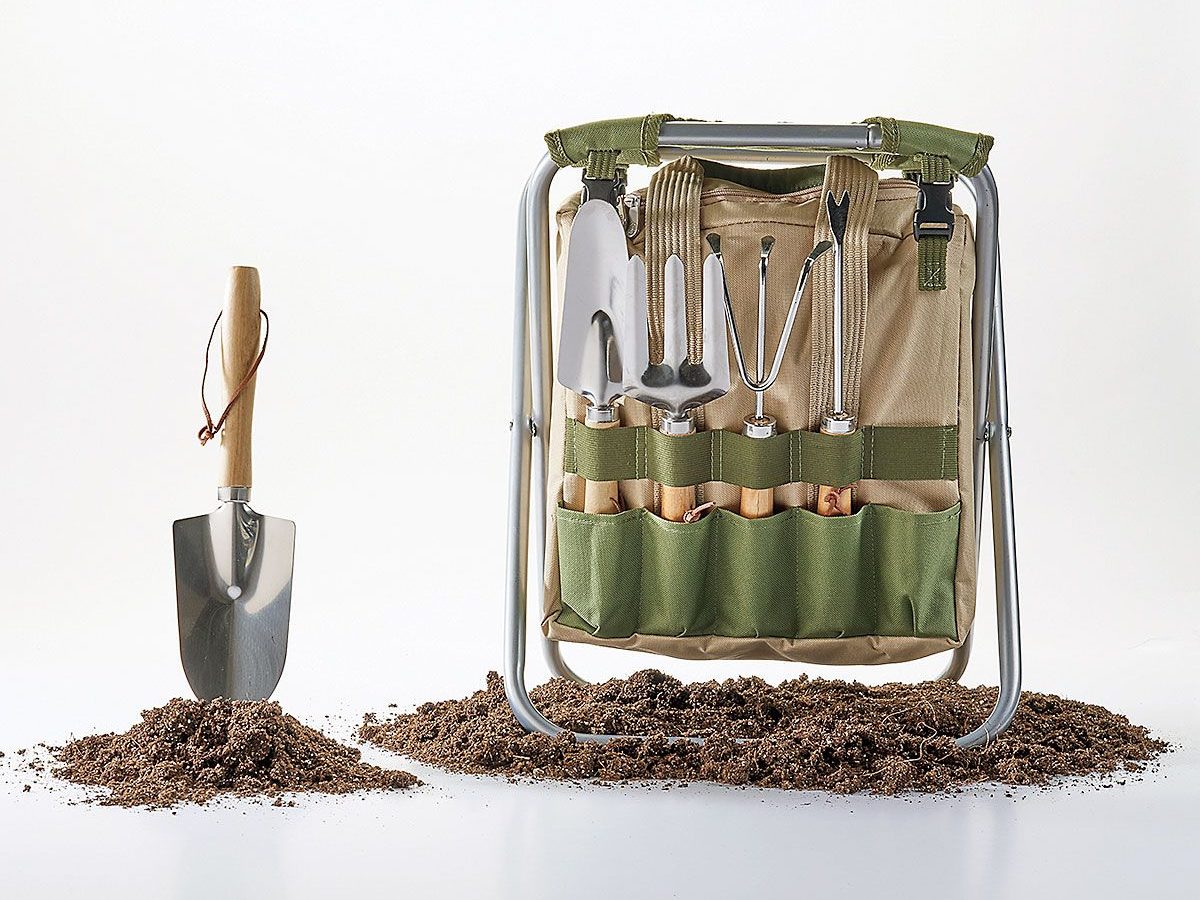
Whether you’re growing your own food or seeding flowers to mesmerize the neighbors, gardening is hard on your body. Our foldable garden seat, featuring a neat embroidered Sunset logo, reduces the stress of constant kneeling or squatting. Plus, it comes with comes with five essential tools and the pockets to keep them at hand.
Fisher Blacksmithing Garden Cultivator
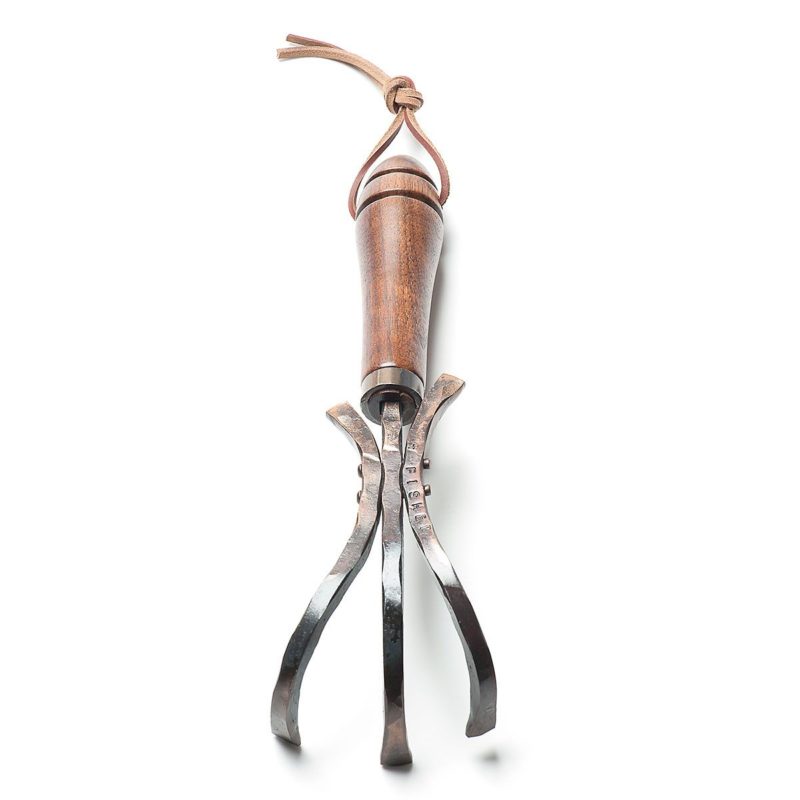
Rab Cummings
This elegant rake is great for breaking up dirt and attacking weeds! The tines are ideal for working with grasses and other weeds that have shallow, rhizomes, or runner-type growth. The carefully bent side tines flare slightly below the ferrule creating a beautiful, fleur de lis image. The solid steel rivets are set horizontally to the direction of pressure providing additional stability for the rake.
Garden Tote with Tools
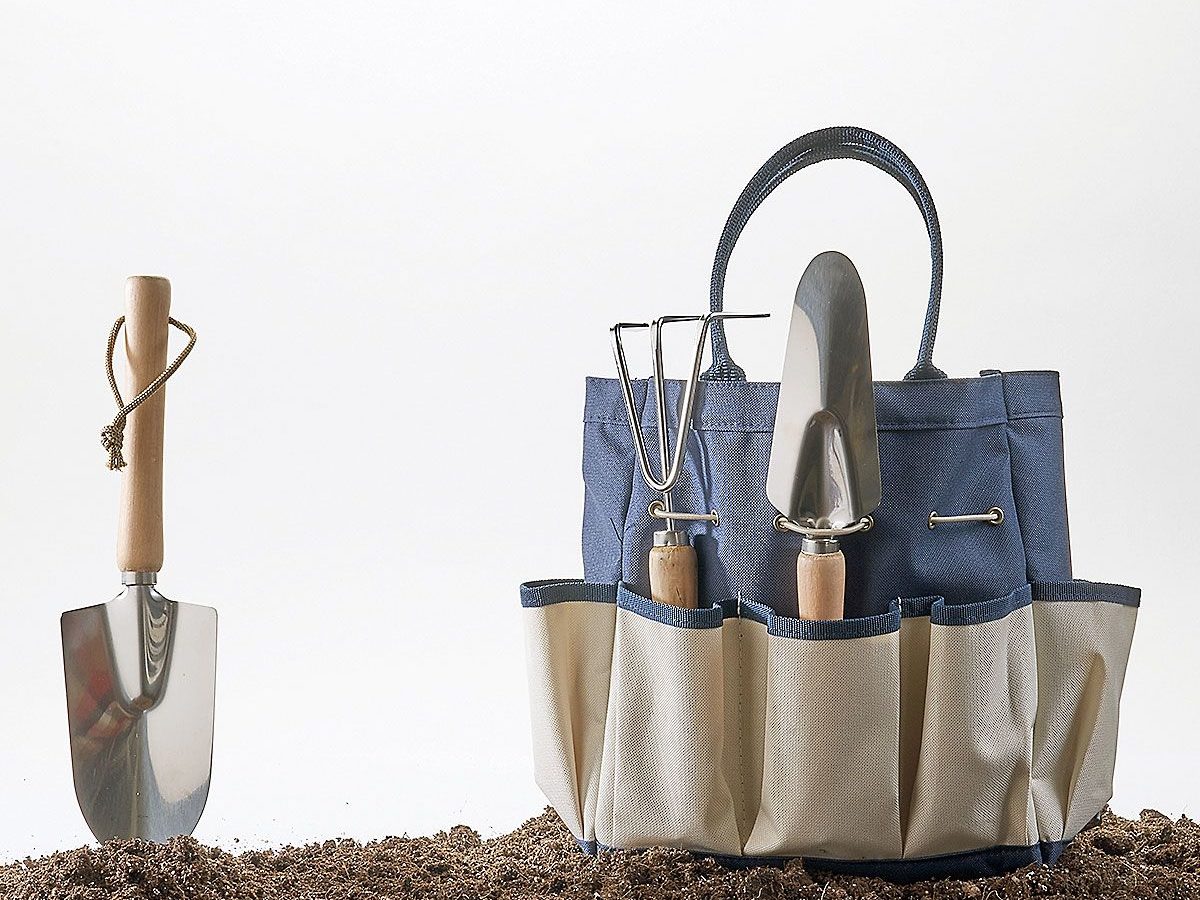
If you’ve got a lot of (ahem) ground to cover in your garden, you’ll need something to tote around your tools—like, um, this tool tote! It’s durable, emblazoned with the Sunset logo, and comes with two trowels and a cultivator, not to mention space to carry a whole lot more.
Vintage Sunset Cover Personalized Garden Flags
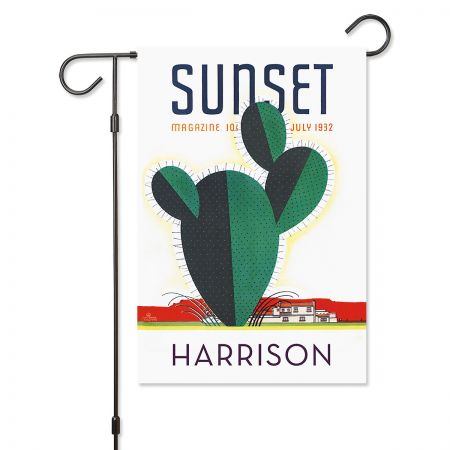
Plant your flag! Our weather-resistant garden flags come custom-printed with your family’s name. Show off your pride in the West—and, ahem, your good taste—with your favorite vintage Sunset covers.
